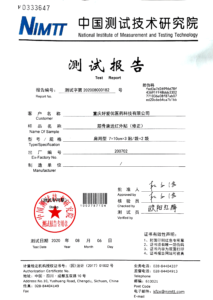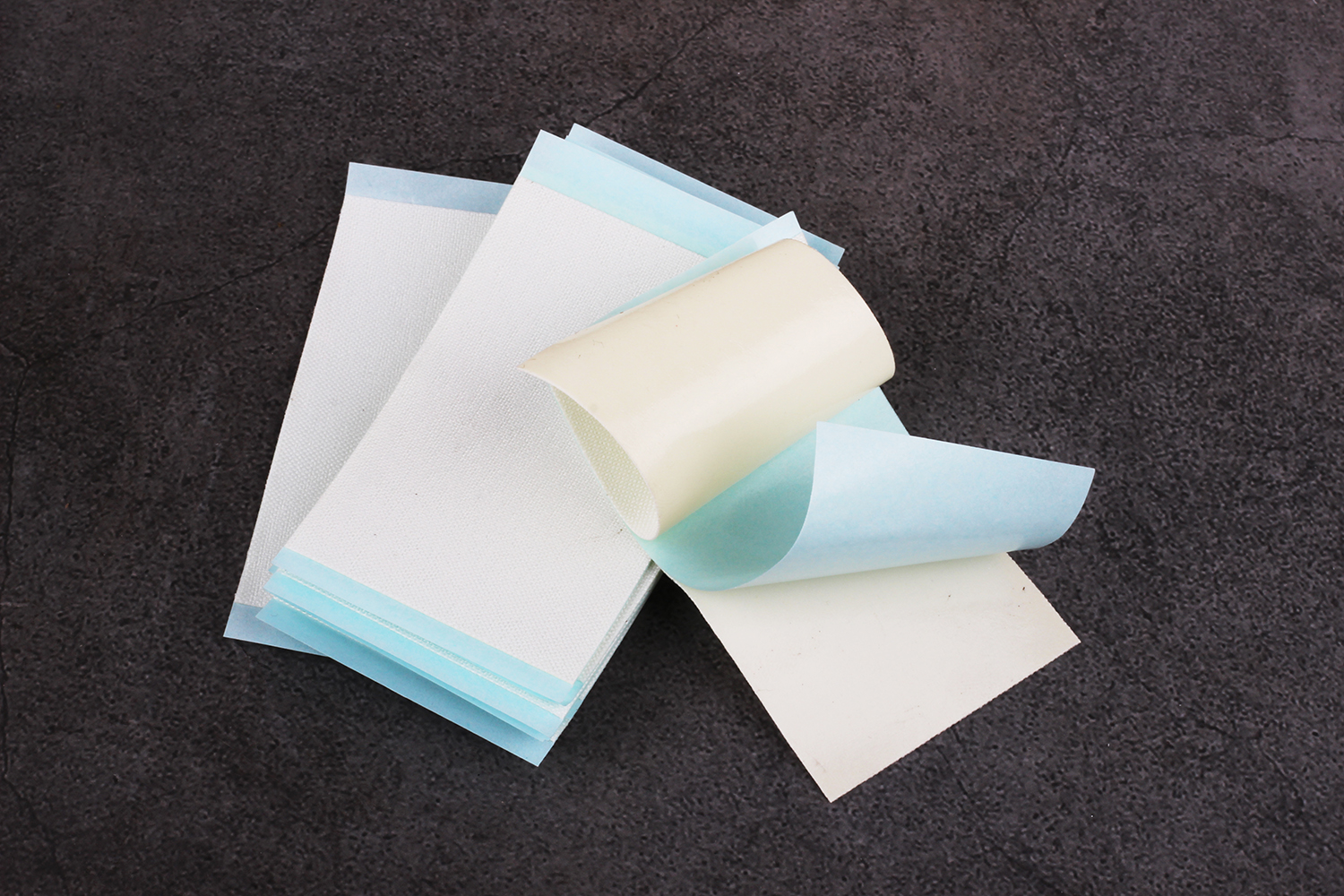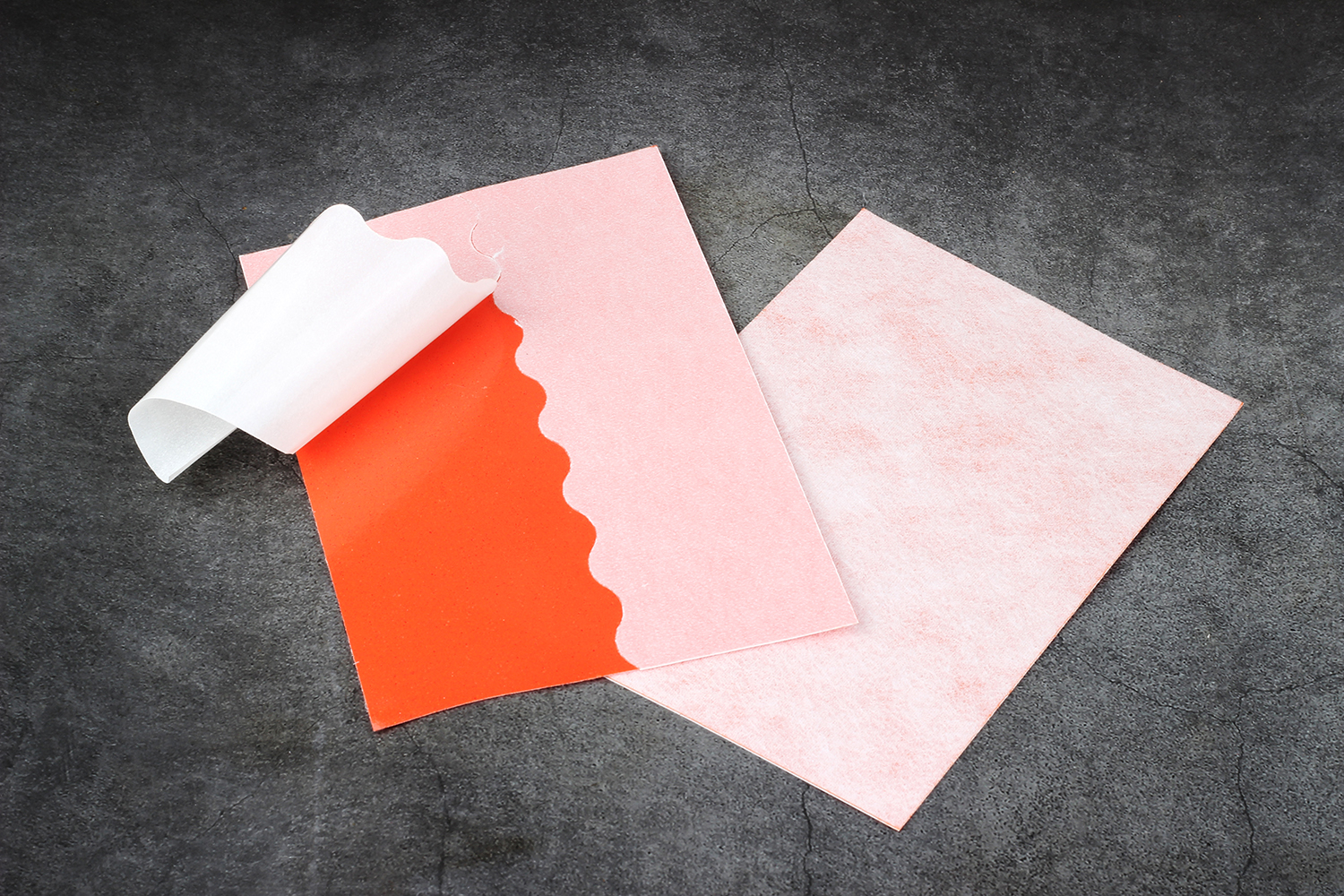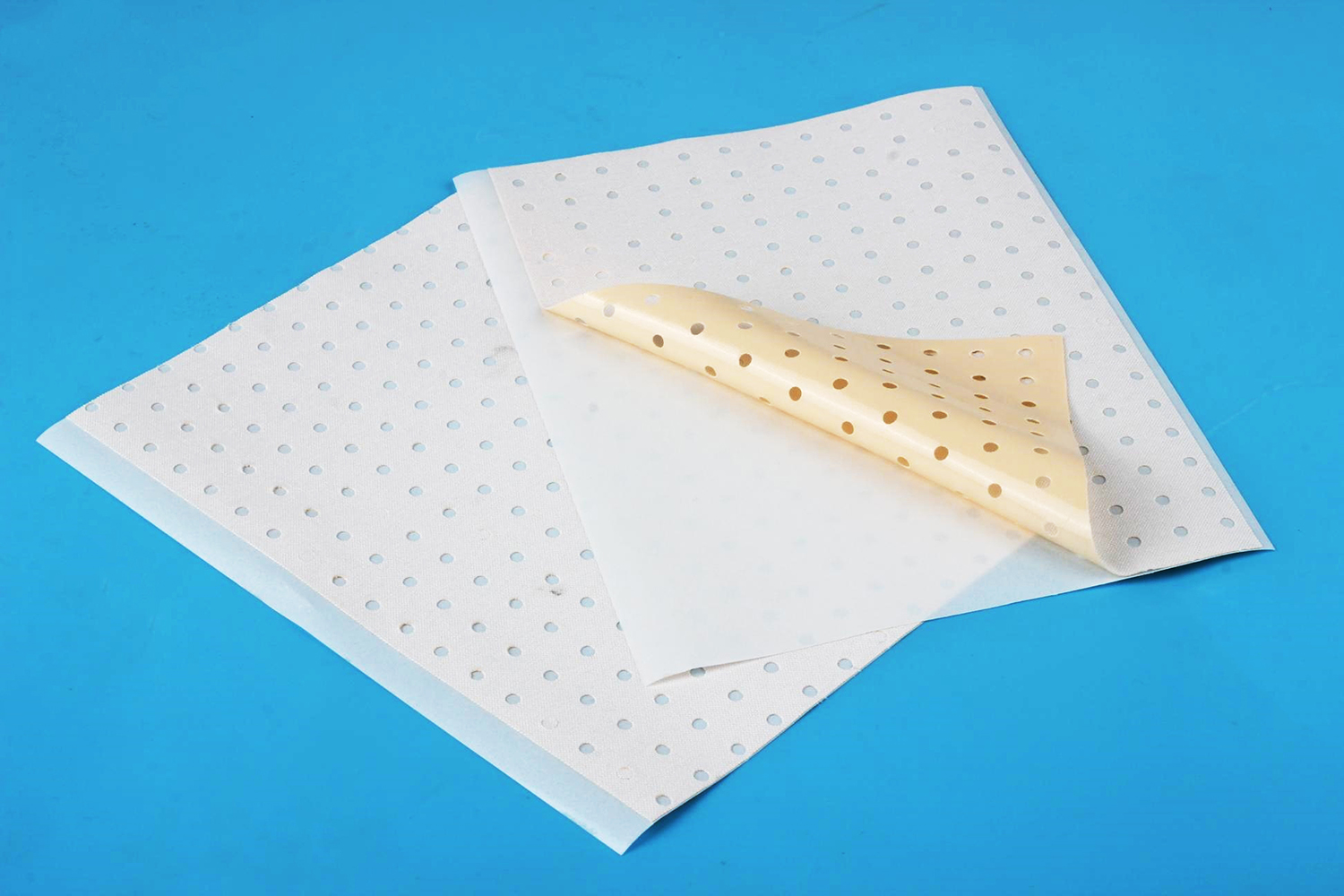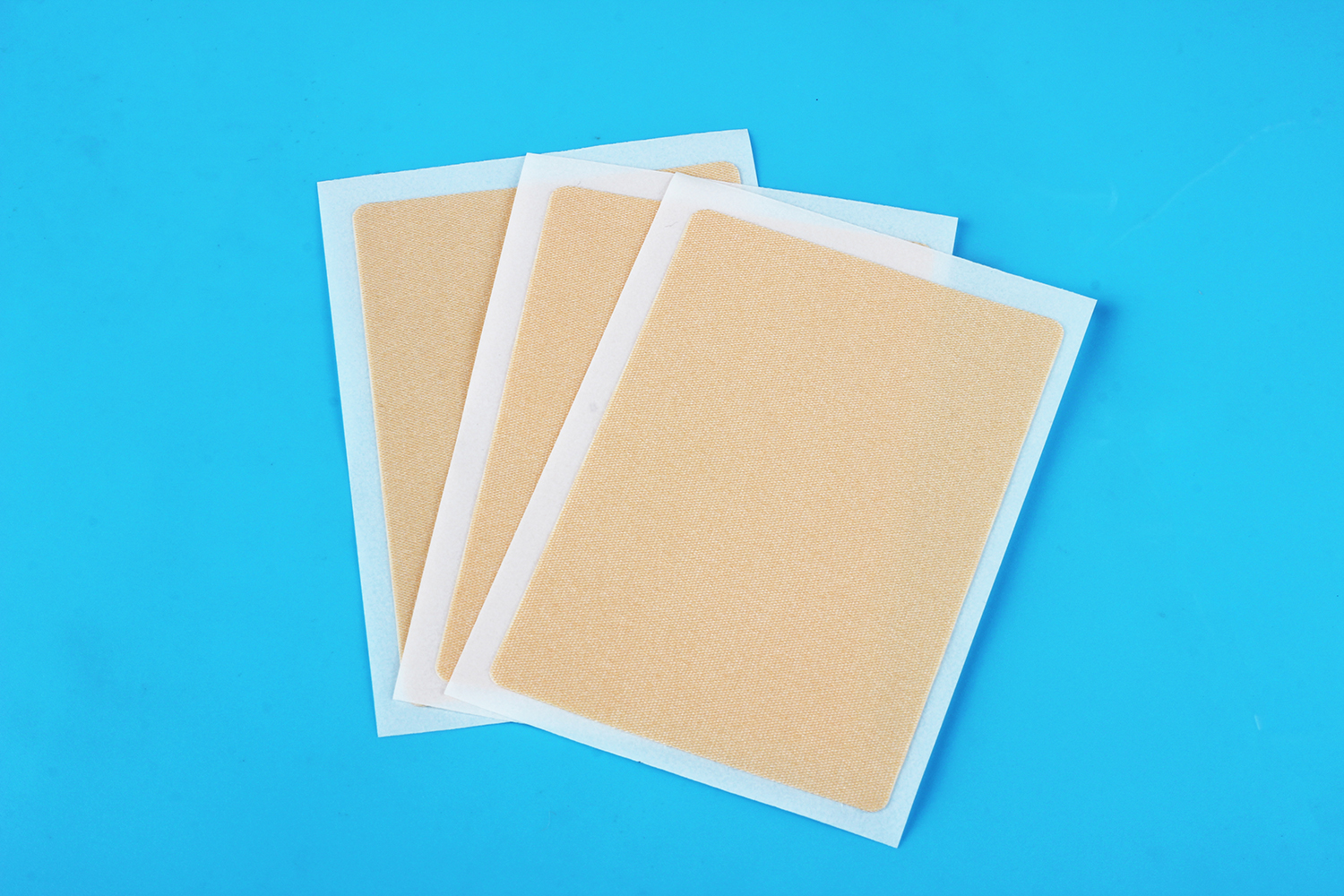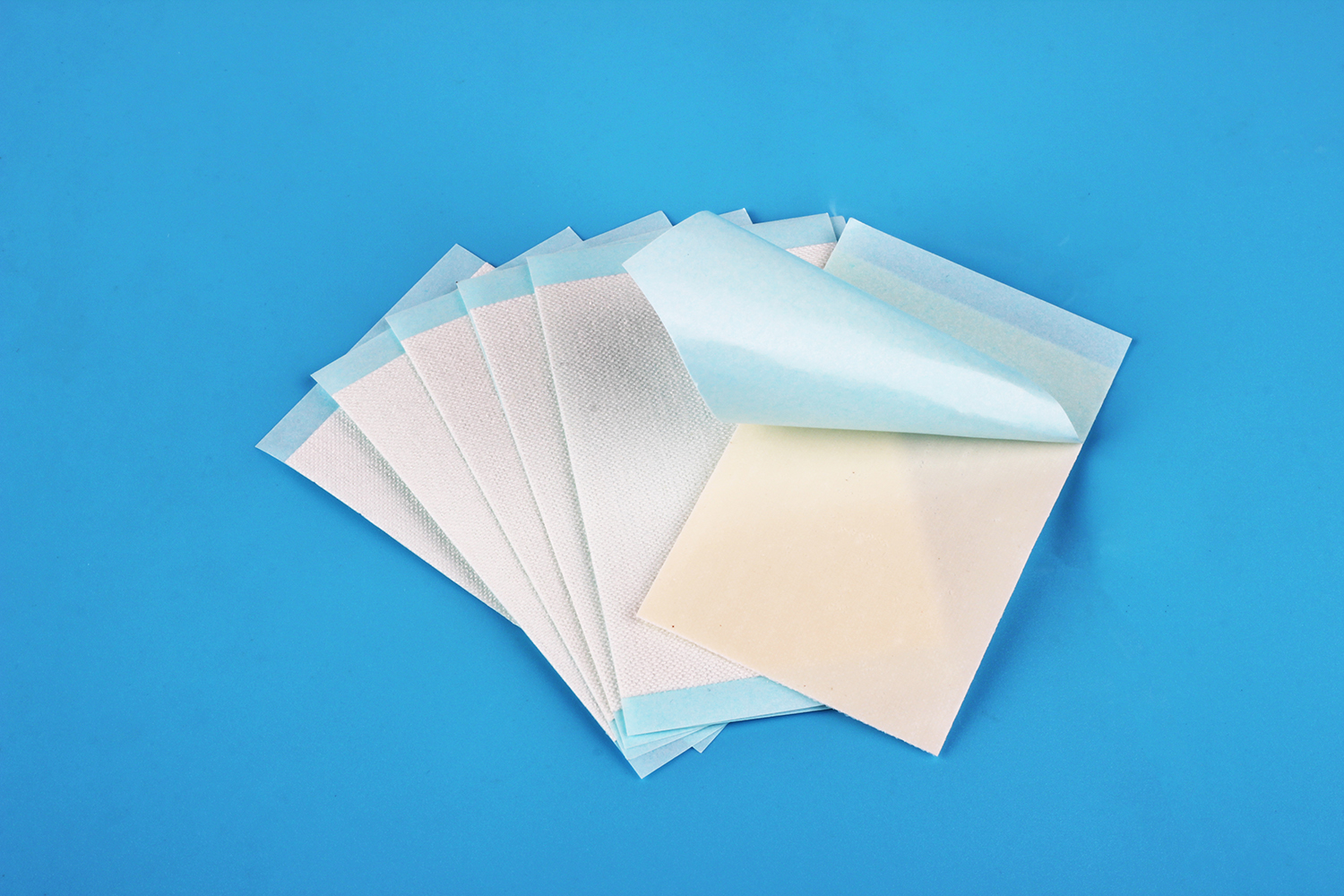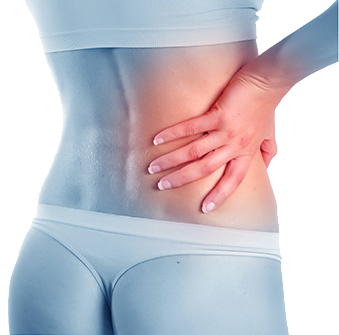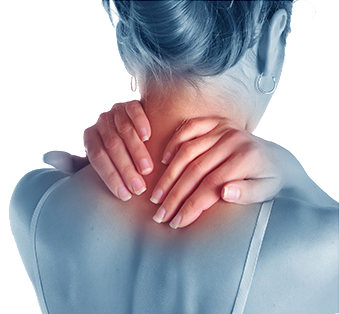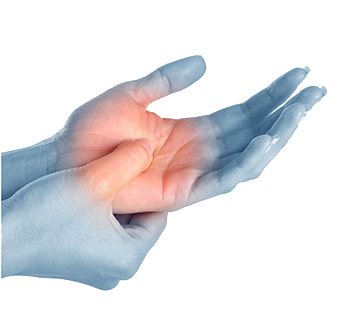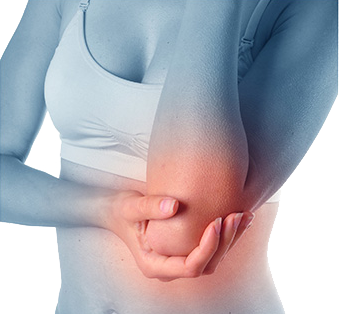AMERECAN STANDARS PLASTER
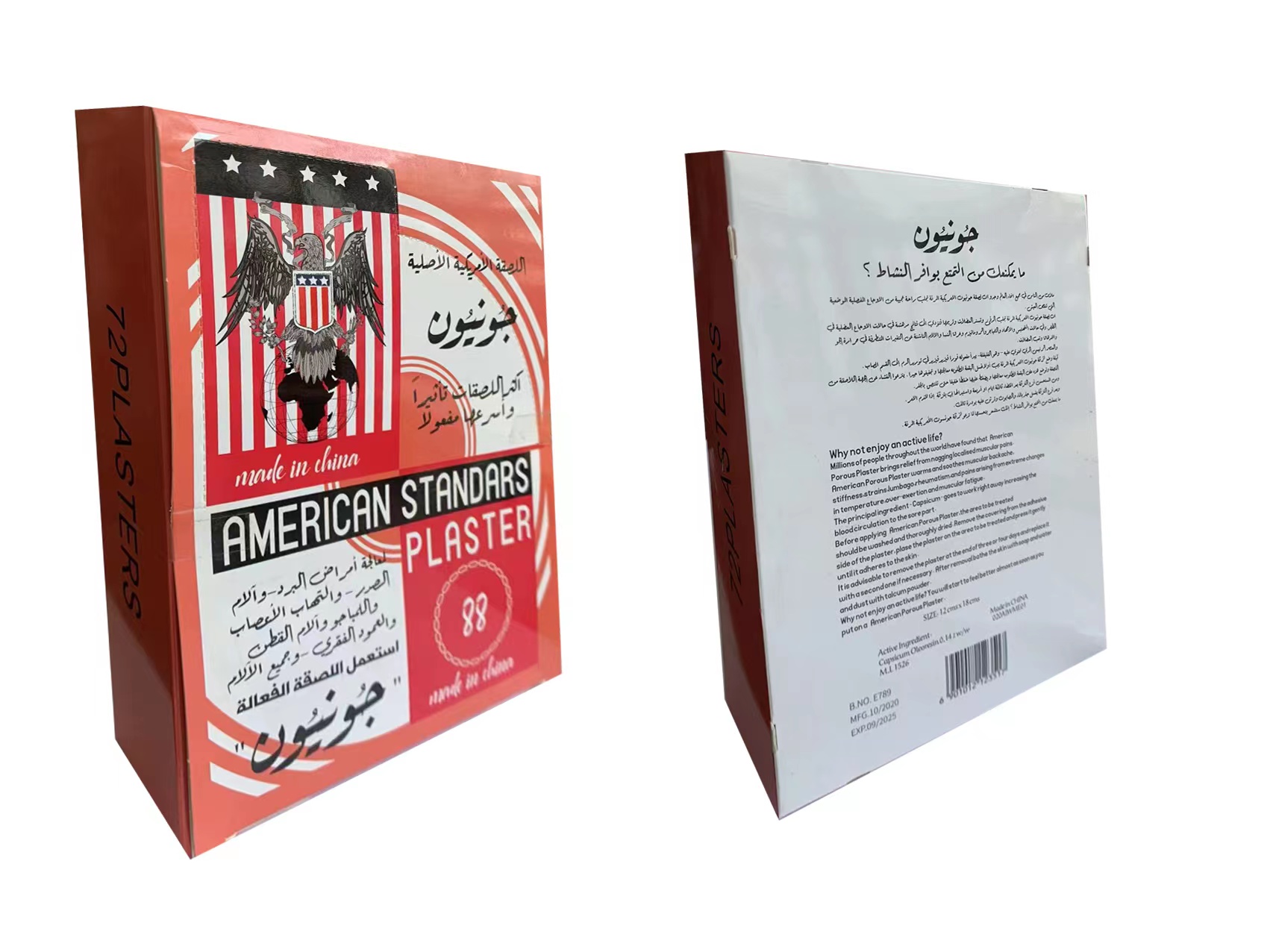
Description:
A paste that breaks through the traditional process, has a stable molecular structure and has a larger unit of active ingredients is suitable for the adjuvant treatment of anti-inflammatory, swelling, pain relieving, promoting blood circulation, and removing stasis.
Action and Indication:
It relieves muscle pain, joint pain, neck and shoulder pain, backache, lumbago, traumatic injuries, etc.
Usage and Dosage:
For external use, apply after cleaning the affected area. Tear the packaging bag, remove the patch, peel off the anti-adhesive layer, aim the patch at the painful or painful part, and gently press the entire patch to apply it to the skin. Each sticker can last for 12 hours. It can also be applied after being cut appropriately according to the site size to be used.
Herbal Remedies Plaster: Natural Pain Relief at Your Fingertips
Are you tired of reaching for synthetic painkillers that come with a laundry list of side effects? Look no further than our herbal remedies plaster! Made with all-natural ingredients, this plaster is designed to provide effective pain relief without any harsh chemicals.
- Experience Natural Pain Relief with Our Herbal Remedies Plaster
- Say Goodbye to Harsh Chemicals with Our All-Natural Pain Relief Plaster
- Find Gentle Relief for Muscle Soreness and Joint Pain with Our Herbal Remedies Plaster
- Discover the Power of Nature with Our Herbal Remedies Plaster
- Get Effective Pain Relief with Our Safe and Eco-Friendly Herbal Remedies Plaster
- Herbal pain relief
- Natural pain relief
- Joint pain relief
- Muscle soreness relief
- All-natural plaster
- Eco-friendly pain relief
- Safe pain relief
- Arnica plaster
- Ginger plaster
- Effective pain relief
The Power of Nature
Our herbal remedies plaster is infused with a blend of natural ingredients that work together to soothe pain and promote healing. From arnica to ginger, each ingredient has been carefully selected for its pain-relieving properties. By harnessing the power of nature, our plaster provides gentle relief for a variety of ailments, including muscle soreness, joint pain, and inflammation.
Easy to Use
Say goodbye to complicated pain relief routines. Our herbal remedies plaster is easy to apply and can be worn for up to 8 hours. Simply peel off the backing and apply the plaster to the affected area. The adhesive backing ensures that the plaster stays in place, so you can go about your day without any interruptions.
Safe and Effective
Say goodbye to complicated pain relief routines. Our herbal remedies plaster is easy to apply and can be worn for up to 8 hours. Simply peel off the backing and apply the plaster to the affected area. The adhesive backing ensures that the plaster stays in place, so you can go about your day without any interruptions.
Safe and Effective
Unlike synthetic painkillers, our herbal remedies plaster is safe for long-term use. It is free of harsh chemicals and is gentle on the skin, making it the perfect choice for those with sensitive skin. Plus, with its all-natural formula, you can feel good about using a product that is not only effective but also eco-friendly.
Product info:
【Main performance】
1 Far-infrared ceramic powder content ≥ 2mg/cm2.
2 The far-infrared emission wavelength range of the product is 5-22um.
3 The normal infrared emissivity of the product should not be less than 0.75.
[Structure] The product is composed of a substrate layer, a main layer containing far-infrared ceramic powder, and a surface covering layer material.
[Scope of application] It is suitable for adjuvant treatment of anti-inflammation, detumescence, pain relief, promoting blood circulation, and removing blood stasis.
[Usage] For external use, apply after cleaning the affected area. Tear open the packaging bag, take out the patch, peel off the anti-adhesive layer, and align the patch on the injured or painful area, Gently press the entire patch onto the skin.
Each patch lasts for 12 hours. It can also be appropriately cut according to the site size to be used and then applied.
[Dosage] Use once a day on the affected area
[Precautions] This product is not a substitute for drugs; skin abnormalities, wounds, eczema, dermatitis, and eyes cannot be used; skin allergies during use, If redness, rash, blisters, itching, etc. appear on the skin, stop using it and consult a physician; infants and children must use it under the supervision of an adult and avoid Avoid eating by mistake.
[Contraindications] People with skin allergies are forbidden. [Storage Conditions] After packaging, the product should be stored in a non-polluting, dry, and ventilated environment, with relative humidity not greater than 85%, and a storage temperature of -10°C~40°C.
[Disposal method] Dispose of as general domestic waste after use.
[Validity] 3 years
Multi-authority security certification for our plasters
After multiple tests by the China Institute of Testing Technology and Chongqing Medical Device Quality Inspection Center, the product is safe and effective. In the past 10 years, all random inspections by the drug supervision department have passed, and the quality is stable and reliable
Strong Point
- Traditional classic formula + natural plant extracts
- Safe and non-toxic, fragrant smell, better effect
Advanced Product Information
The product is composed of a base material layer, a main body layer containing far-infrared ceramic powder, and a surface covering layer material. The medium packaging is divided into two types: iron tin and stainless steel basin. It belongs to the first generation product, ordinary white cloth, each bag is double-sided and four stickers. It is the main product in the Southeast Asian market. It has many years of market foundation, low price and high market acceptance.
Paste Hole Punch
Paste Material
Paste baking
Paste Size
Packing Quantity
Hot sales area
Effective penetration
Relieve pain
Sealed penetration
Health care
Easy to tear off
-
Muscle strain and pain caused by work
Long lasting analgesia, not easy to evaporate
The polymer absorbs sweat from the skin, reduces skin discomfort, and is not easy to cause allergies.

A paste that breaks through the traditional process, has a stable molecular structure, and has a larger unit of active ingredients
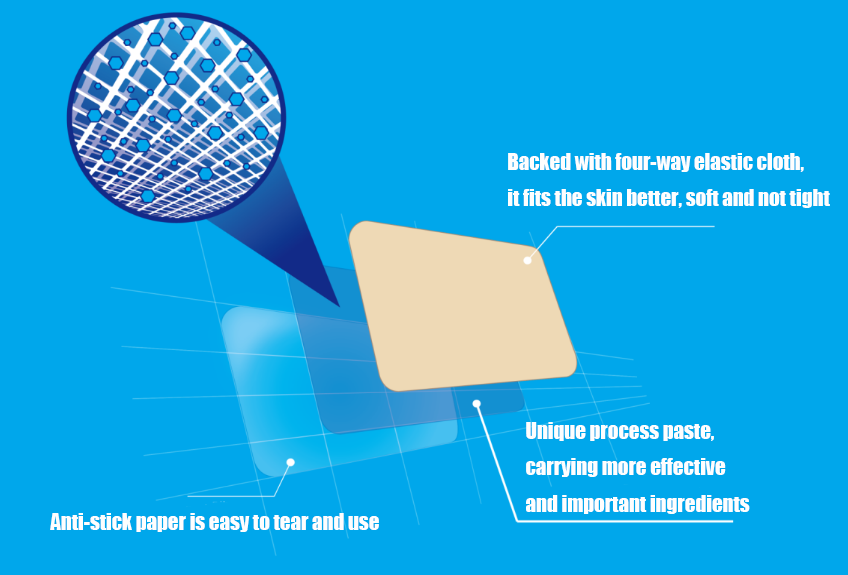
- The plaster backing is made of four-sided elastic cloth because it is elastic on all sides, the material is soft, and the application is tighter, especially the joints are more docile and less likely to fall off.
- Compared with PE film, anti-adhesive paper can better protect the paste, does not generate static electricity during use, and is easy to tear and use.
- The paste under the original technology has a stable molecular structure, and the carrying capacity of the active ingredients is better than that of the traditional paste, and the new technology does not have the heating assistance of the traditional technology, which avoids the loss of the active ingredients after the paste is heated.
Applicable parts:
[Precautions] This product cannot be used as a substitute for medicines; skin abnormalities, wounds, eczema, dermatitis, and eyes cannot be used; skin allergies during use, such as redness, rash, blisters, itching, etc., should be discontinued and consult a physician ; Infants and children must be used under adult supervision to avoid accidental ingestion.

